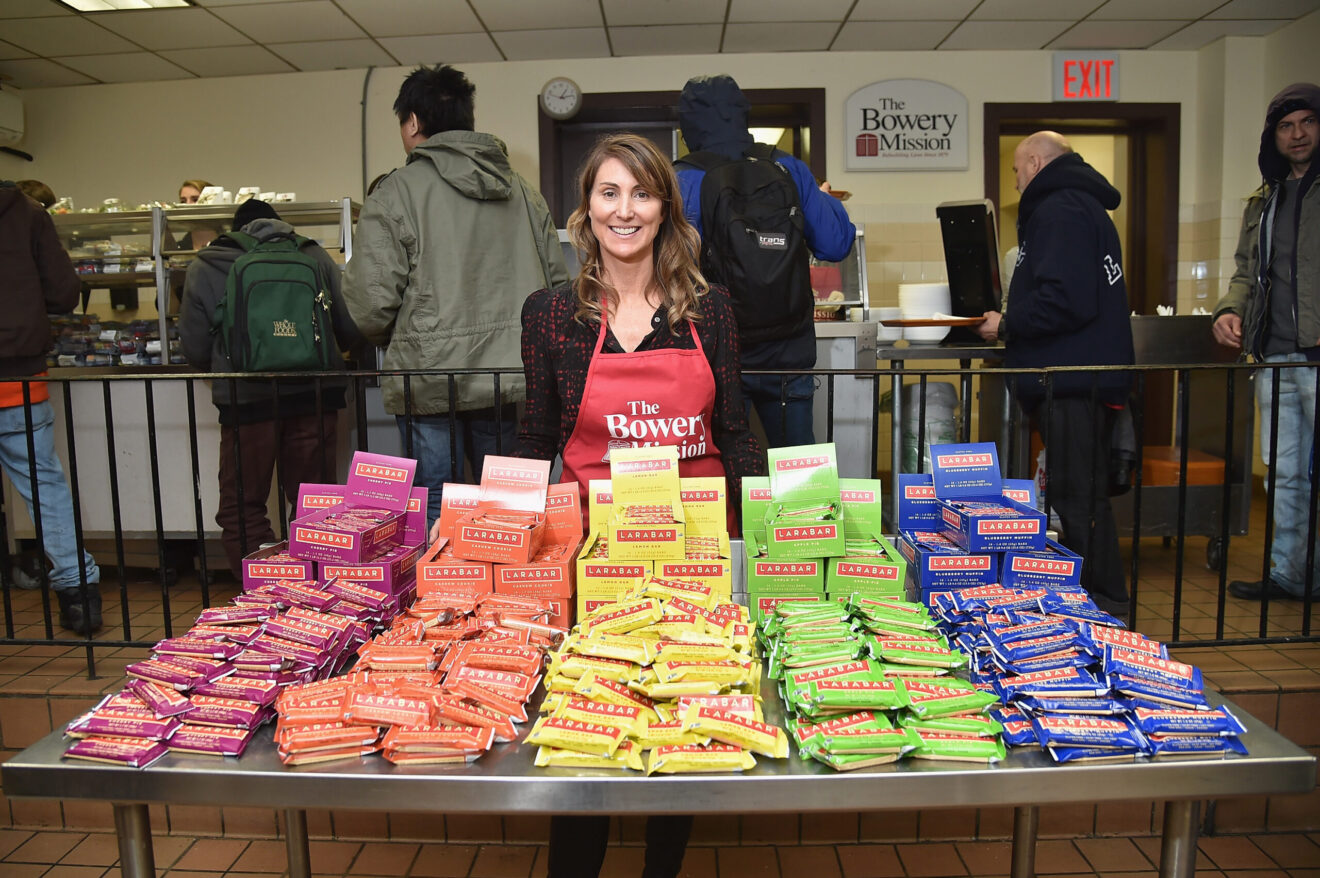Raw food bars, plant-based cheeses and high-end jerky are among the artisan food products that have found favor with investors and big food and beverage companies in recent years, fueled by consumers’ growing demand for fresher, simpler fare. Investors looking to win in the food and beverage space are focused on the trends that are increasingly driving millennials’ food choices, starting with growing demand for fresh ingredients, organic and natural offerings and GMO-free foods, said NPD Group food and beverage industry analyst Darren Seifer.
“They’re looking at what younger adults are doing, particularly now when the typical behaviors of these younger adults are atypical with what we’ve seen in the past,” he said. “There’s also a feeling that bigger isn’t necessarily better, that’s an overall generational viewpoint.”
That feeling may be a boon for small food makers seeking investors because big food industry players may see more value in investing and eventually acquiring an artisan brand with a growing millennial following rather than trying to create a small brand from scratch.
At General Mills, the strategy has been in place for a while, resulting in the acquisition of growing organic and natural brands including Larabar, Amy’s and Cascadian Farm. Most recently, the food giant’s 301 INC. investment arm led an $18 million investment round in Kite Hill, which makes vegan nut milk-based cheeses and yogurts. Other big food brands including Campbell’s and Unilever have venture capital arms to invest in diverse food and beverage startups.
“A lot of people might be surprised to find that some of the smaller companies are owned by larger corporations,” Seifer said.
The changing dance of sweet and savory
Another big driver of new food startup trends and investment opportunities is consumers’ growing wariness of sugar. Many are looking to cut added sugars from their diets as much as possible, Seifer said, a shift that has companies known for their confections and sweet treats looking to invest in brands making savory foods. Hershey Co.’s acquisition last year of premium beef jerky brand Krave Pure Foods is a prime example.
“A lot of the sweeter categories are down and savory and better-for-you categories area on the rise,” he said. “It’s one of the few times people say they’re going to do something and actually do it.”
Conversely, consumers are also looking to avoid artificial ingredients, which means they want real sugar when it’s time to indulge in a sweet treat.
“A lot of times, if people are going to allow themselves the sweet indulgence, the say ‘It better be real sugar,” he said. “When they want to have something sweet, they want it to be real, they want authentic.”
Convenience, tech take new shapes in the food world
Convenience has long been a factor in consumers food-buying decisions, but there’s been a recent shift in the way demand for quick and easy meals is playing out. Fresh prepared meals from the grocery store and meal kits from a growing number of startups and restaurants are marrying the dual demands for food that’s both fresh and easy.
“For the longest time, was always about saving consumers time in the kitchen,” Seifer said. “We saw the rise of frozen meals and other products that didn’t require time in the kitchen. But now with the demand for fresh food, that requires more time in the kitchen. So, there are meal kits that let you save time in the grocery store and you don’t have to figure out what to make.”
Meal kits and other food e-commerce ventures comprise the biggest part of venture capital investment in the food-tech world, according to AgFunder. Investment in the global agriculture technology arena dipped 20% in the first half of 2016, after more than doubling to $2.36 billion in 2014 and hitting $2.06 billion in the first six months of 2015. In addition to a slowdown in overall VC investments this year, the report also cites investors’ desire to take a breather and see how their initial investments do before spending more.
The food industry has historically been a slow tech adopter compared to other industries, Seifer said, and early startups often faltered and fell. That’s another thing that’s changing with the times now.
Our youngest generation is digitally connected and the concept of getting food from the internet is not foreign to them. As they take hold, I think it will be something we see grow.”
If you enjoyed this article, join SmartBrief’s email list for more stories about the food and beverage industry. We offer 17 newsletters covering the industry from restaurants to food manufacturing.
